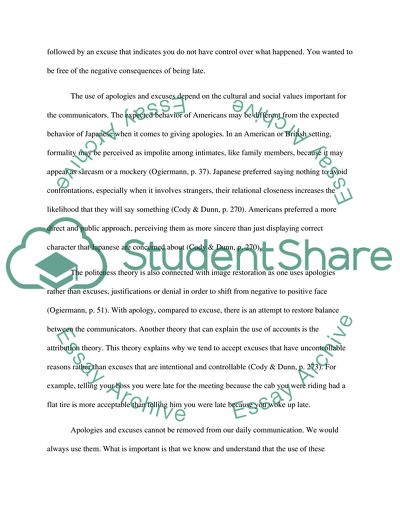Conversational messages Essay Example | Topics and Well Written Essays - 500 words. Retrieved from https://studentshare.org/journalism-communication/1591603-conversational-messages
Conversational Messages Essay Example | Topics and Well Written Essays - 500 Words. https://studentshare.org/journalism-communication/1591603-conversational-messages.


